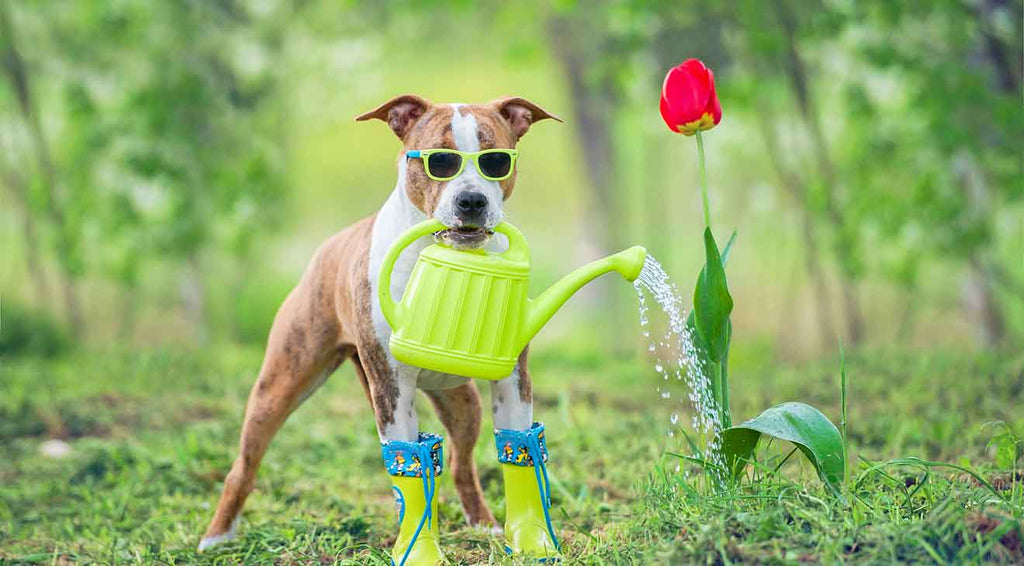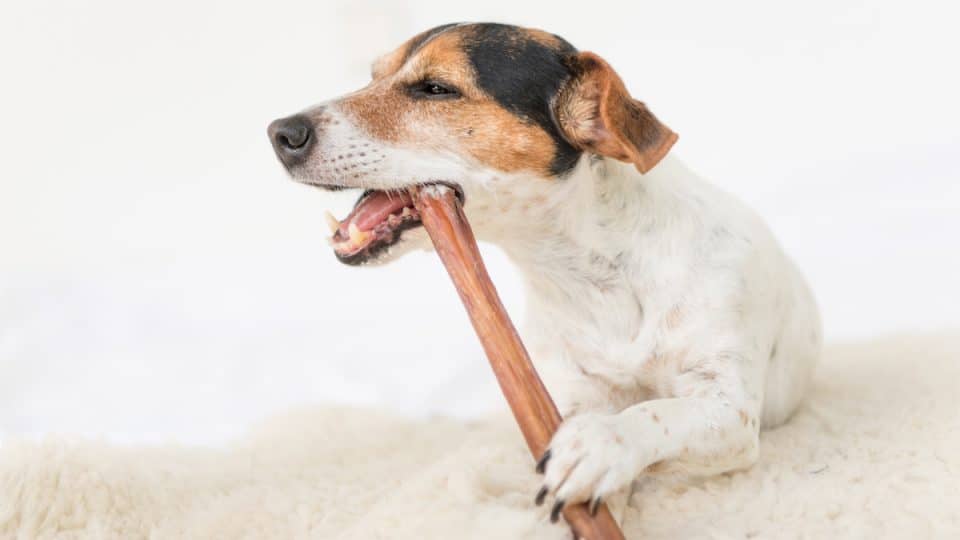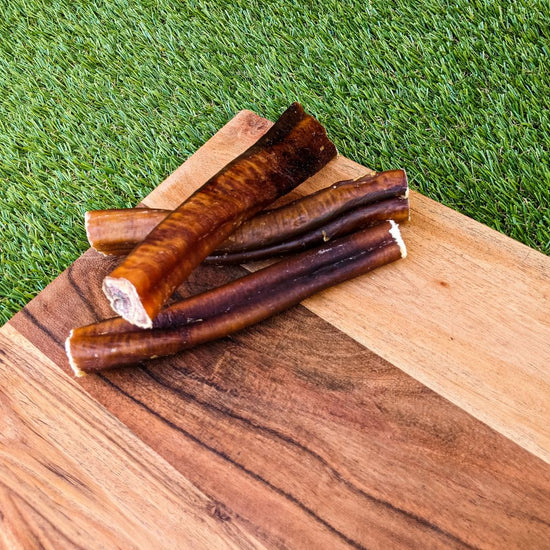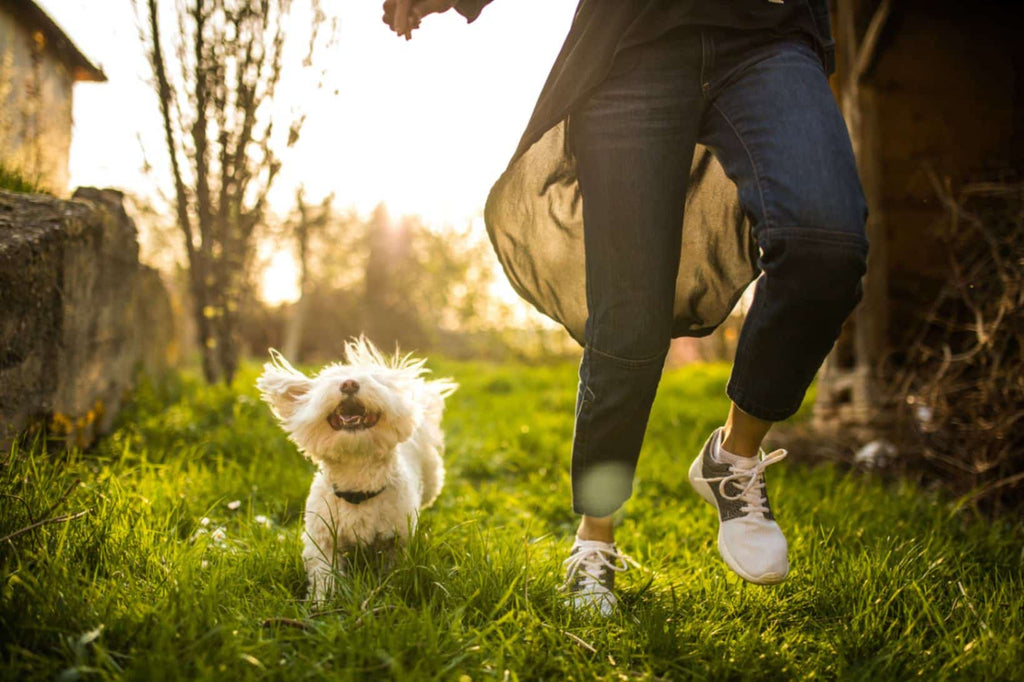
The Comprehensive Guide to Dog-Friendly Gardening

Creating a dog-friendly garden is an excellent way to ensure that both you and your furry friend can enjoy the outdoors safely. A well-planned garden can provide your dog with a fun, stimulating environment while also protecting your plants and landscaping. This guide covers everything you need to know about designing a dog-friendly garden, including plant selection, landscape design, and safety tips.
Section 1: Designing a Dog-Friendly Garden
1. Understanding Your Dog’s Needs: Before you start designing your garden, consider your dog's habits and preferences. Does your dog love to dig, chew, or run around? Understanding these behaviors will help you create a garden that caters to their needs while minimizing damage.
2. Creating Safe Pathways: Dogs often create their own paths in the garden. Incorporate designated pathways using materials like gravel, mulch, or stone to guide your dog and protect your plants. Ensure these paths are wide enough for your dog to move comfortably.
3. Securing Fencing: A secure fence is essential to keep your dog safe and contained. Ensure your fence is tall enough to prevent jumping and sturdy enough to withstand pushing. Check for any gaps or weak spots regularly.
4. Providing Shade and Water: Dogs can easily overheat, especially during hot weather. Plant trees or install shade structures like pergolas to provide cool areas for your dog. Always have fresh water available in the garden to keep your dog hydrated.
Section 2: Selecting Dog-Friendly Plants
1. Avoid Toxic Plants: Many common garden plants can be toxic to dogs if ingested. Avoid planting the following:
- Azaleas: Can cause vomiting, diarrhea, and even cardiovascular collapse.
- Daffodils: Contain lycorine, which can cause severe gastrointestinal issues.
- Oleander: Extremely toxic and can cause heart problems.
- Tulips: Bulbs are particularly toxic, leading to gastrointestinal upset.
2. Dog-Friendly Plants: Choose non-toxic, hardy plants that can withstand some wear and tear. Some good options include:
- Sunflowers: Safe and resilient, adding bright colors to your garden.
- Marigolds: Non-toxic and can help repel insects.
- Rosemary: Safe for dogs and can be used in cooking.
- Fescue Grass: Durable and comfortable for your dog to play on.
3. Using Raised Beds: Consider using raised garden beds to protect delicate plants from being trampled or dug up. Raised beds also make it easier to control your dog's access to specific areas of the garden.
Section 3: Protecting Your Garden
1. Training Your Dog: Training your dog to respect garden boundaries is essential. Use commands like "leave it" or "stay" to keep your dog away from restricted areas. Positive reinforcement and consistency are key to successful training.
2. Mulching Wisely: Avoid using cocoa mulch, which is toxic to dogs. Opt for safer alternatives like pine, cedar, or rubber mulch. Mulch can help keep your garden neat and protect plant roots from being dug up.
3. Creating Digging Zones: If your dog loves to dig, provide a designated digging area filled with loose soil or sand. Bury toys or treats in this area to encourage your dog to dig there instead of in your flower beds.
4. Installing Barriers: Use barriers like decorative fencing or plant barriers to keep your dog out of certain areas. Low fences or chicken wire can be effective in protecting specific plants or garden sections.
Section 4: Enhancing Your Dog’s Experience
1. Sensory Enrichment: Incorporate sensory enrichment elements to keep your dog engaged. Plant aromatic herbs like mint, basil, and lavender, which are safe and pleasant for your dog to smell.
2. Water Features: Install a dog-friendly water feature, such as a shallow fountain or splash pad, for your dog to play and cool off. Ensure the water is clean and regularly refreshed.
3. Play Areas: Create designated play areas with toys, agility equipment, or tunnels to keep your dog active and entertained. Rotate toys regularly to maintain your dog's interest.
4. Safe Zones: Provide safe, quiet zones where your dog can retreat and relax. These areas should be shaded, comfortable, and away from busy parts of the garden.
Conclusion
Designing a dog-friendly garden takes careful planning and consideration, but the rewards are well worth the effort. By selecting safe plants, creating designated play and digging areas, and ensuring your garden is secure and comfortable, you can create an outdoor space that both you and your dog will love. Remember to train your dog to respect garden boundaries and provide plenty of enrichment to keep them happy and engaged.
FAQs:
Q: How do I keep my dog from digging up my garden? A: Provide a designated digging area, use barriers, and train your dog with positive reinforcement to respect garden boundaries.
Q: What are some non-toxic plants for dogs? A: Safe options include sunflowers, marigolds, rosemary, and fescue grass.
Q: How can I create shade for my dog in the garden? A: Plant trees, install pergolas, or use shade cloths to provide cool areas for your dog to rest.
For more detailed information and resources, you can visit ASPCA, Garden Design, and American Kennel Club.






